Deep-Sea Shark Liver Oil: A Revolutionary Breakthrough in Cardiovascular Health and Anti-Angiogenesis
1. The Limitations of Traditional Fish Oil and the Rise of Shark Liver Oil
Conventional fish oil, rich in omega-3 fatty acids (EPA and DHA), has long been a cornerstone of cardiovascular health supplements. However, its bioavailability and therapeutic effects are limited, leading to market saturation with homogeneous products.
In contrast, deep-sea shark liver oil not only contains highly active omega-3s but is also uniquely enriched with squalene, a rare compound that enhances blood oxygen circulation, vascular elasticity, and antioxidant defense. This multi-targeted approach positions shark liver oil as the next-generation nutraceutical for vascular health.
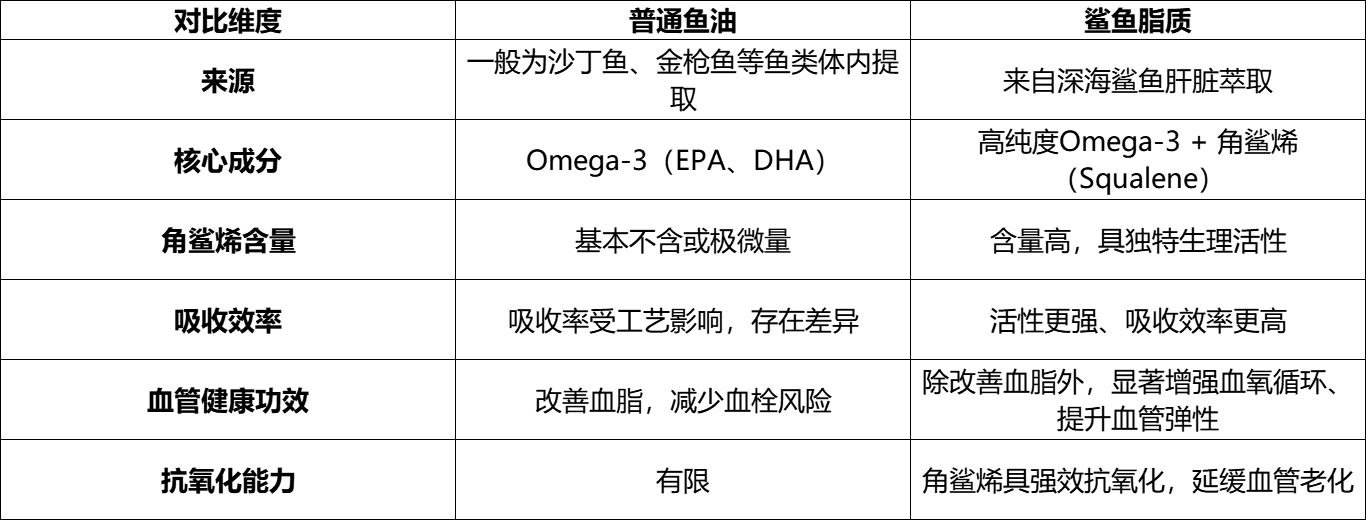
2. Unique Bioactive Properties: The Evolutionary Secrets of Deep-Sea Sharks
Sharks, as apex predators of the deep ocean, have evolved liver lipids optimized for survival under extreme conditions:
A. High-Pressure Adaptation
Deep-sea sharks (e.g., Greenland shark, basking shark) contain significantly higher levels of squalene and ether phospholipids than shallow-water species. These compounds help maintain cell membrane fluidity under pressures exceeding 200 atm while improving oxygen utilization.
B. Synergistic Bioactive Matrix
Squalene: A potent antioxidant with 3x the free-radical scavenging capacity of vitamin E.
Alkylglycerols: Modulate immune cell activity (e.g., macrophage activation).
Ether phospholipids: Stabilize cell membranes and reduce pro-inflammatory cytokine release.
References:Analysis of Components Characteristics of Lipid in Different Kinds of Shark Livers
(See Fig. 1: Squalene content in sharks vs. other marine species.)
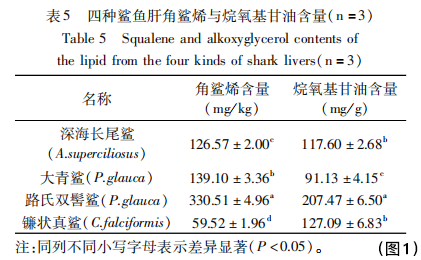
3. Cardiovascular Protection: Mechanisms and Clinical Evidence
A. Reduced Cardiovascular Risk
Clinical trials demonstrate that EPA + squalene supplementation lowers the risk of cardiovascular events (e.g., heart attack, stroke) by 25% (Fig. 2: Blue line = intervention group, red line = placebo).
References:Cardiovascular Risk Reduction with Icosapent Ethyl for Hypertriglyceridemia
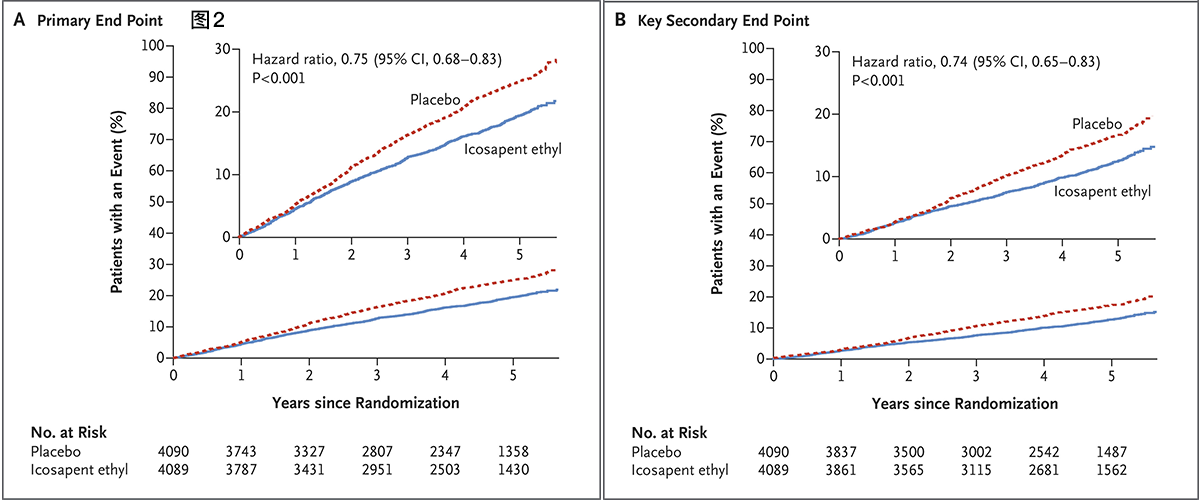
B. Improved Endothelial Function
Squalene enhances nitric oxide (NO) production, promoting vasodilation. Animal studies confirm its ability to reduce atherosclerotic plaque formation (Fig. 3).
References:Squalene: More than a Step toward Sterols
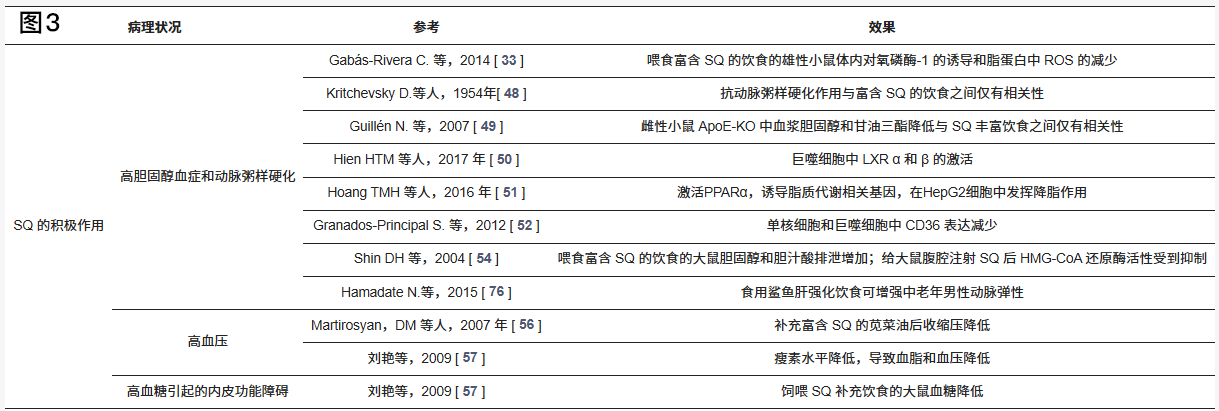
C. Anti-Thrombotic Effects
Omega-3s inhibit platelet aggregation (e.g., by suppressing thromboxane A2), reducing thrombosis risk by 30% (Fig. 4).
References:Differential Effect of Omega-3 Fatty Acids on Platelet Inhibition by Antiplatelet Drugs In Vitro
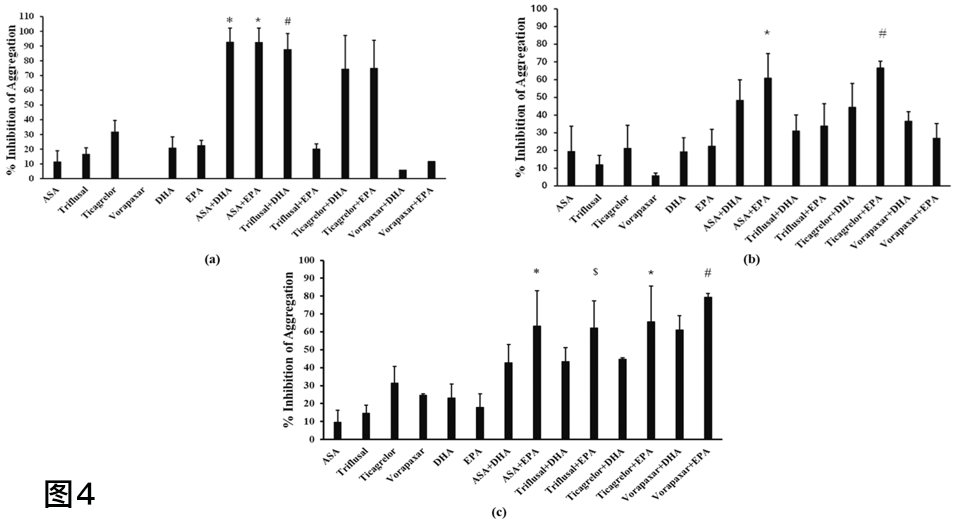
4. Multifaceted Metabolic Benefits: Blood Pressure, Lipids, and Inflammation
A. Blood Pressure Regulation
A meta-analysis (71 RCTs) found that DHA (>2g/day) significantly reduces:
Systolic BP: -4.51 mmHg (95% CI: -5.72 to -3.30)
Diastolic BP: -3.05 mmHg (95% CI: -4.35 to -1.75) (Fig. 5).
References:mega-3 Polyunsaturated Fatty Acids and Blood Pressure: A Meta-Analysis of Randomized Controlled Trials
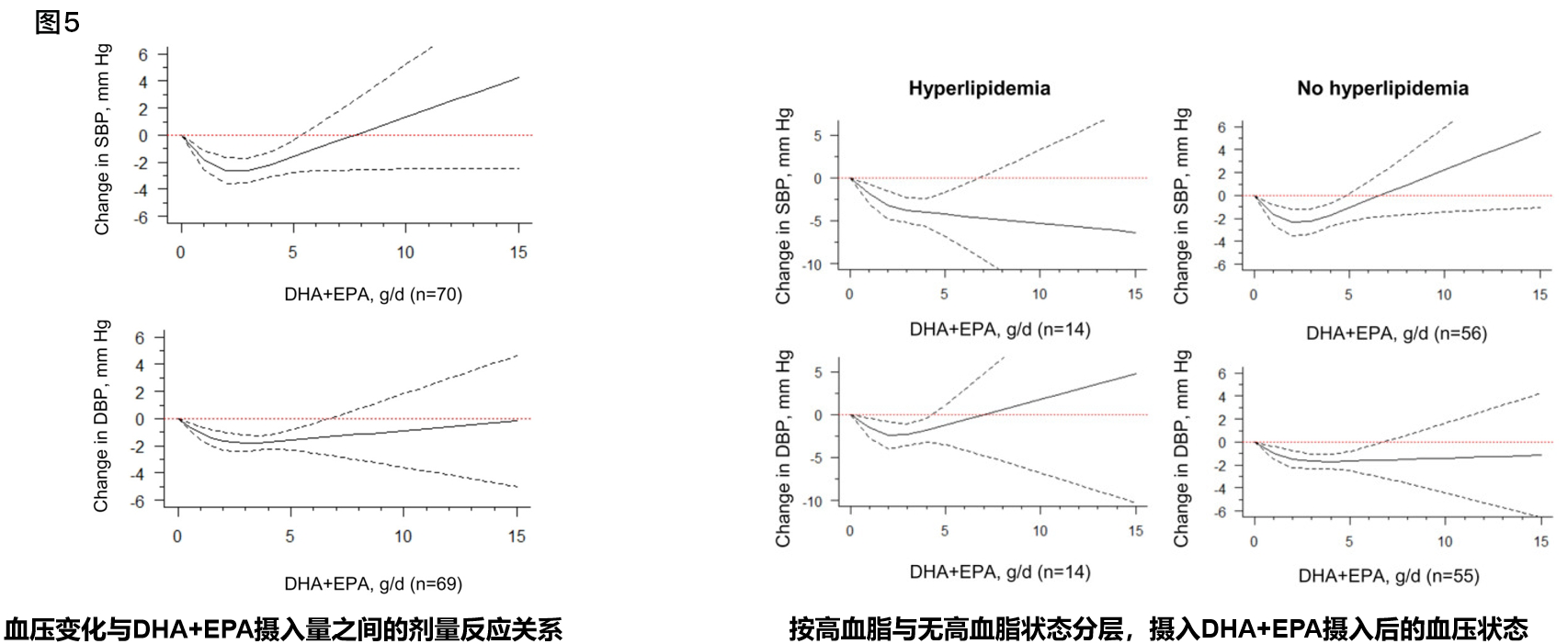
B. Lipid-Lowering Effects
Omega-3 supplementation in metabolic syndrome patients leads to:
Reduced triglycerides (SMD = -0.39; 95% CI: -0.59 to -0.18) (Fig. 6).
References:Effects of Omega-3 Fatty Acids Supplementation on Serum Lipid Profile and Blood Pressure in Patients with Metabolic Syndrome: A Systematic Review and Meta-Analysis of Randomized Controlled Trials
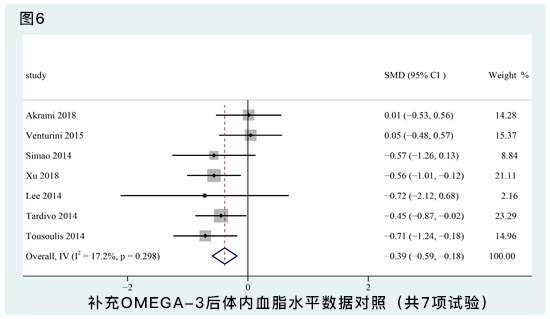
C. Anti-Inflammatory Modulation
Omega-3 intake downregulates pro-inflammatory genes (SCD, FADS2) and reduces cytokines (IL-6, TNF-α) (Fig. 7).
References:Regulation of inflammatory and lipid metabolism genes by eicosapentaenoic acid-rich oil
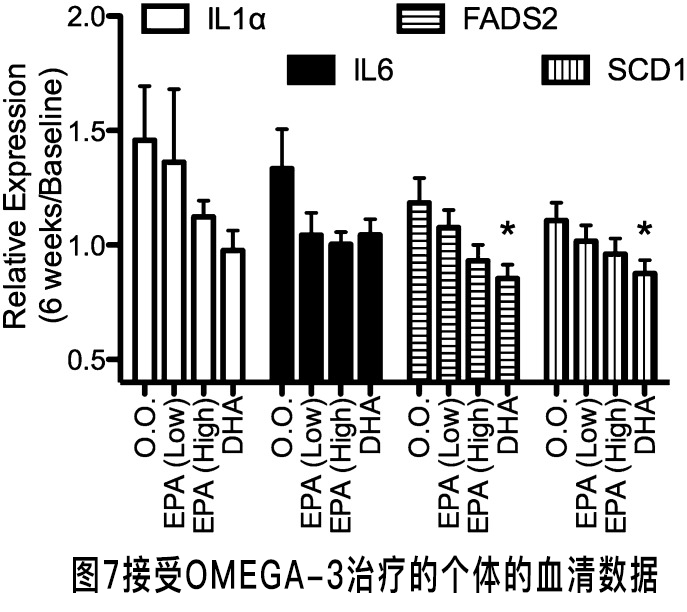
5. Anti-Angiogenesis: A Novel Approach in Cancer Research
A. Tumor Angiogenesis Dependency
Solid tumors >2-3 mm require new blood vessels (angiogenesis) for nutrients and waste removal (Fig. 8). Key drivers include VEGF, FGF, and TGF-β.
References:Immuno Research
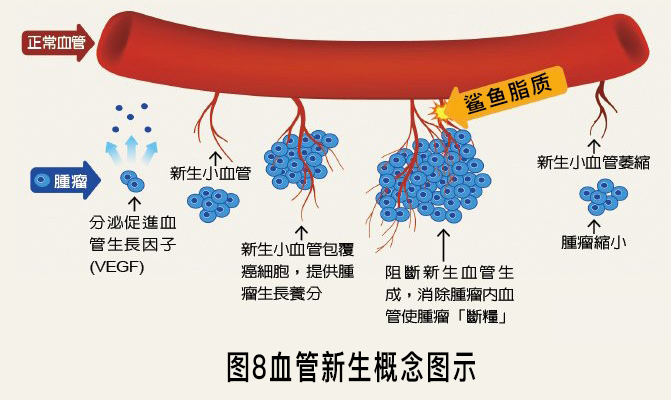
B. Shark Lipids as Angiogenesis Inhibitors
VEGF Blockade: Squalene and ether phospholipids act as a "lock cover", preventing VEGF-receptor binding (Fig. 9).
References:Immuno Research

Suppression of Pro-Angiogenic Factors: Shark liver oil extracts downregulate VEGF in breast, prostate, and CNS cancers (Fig. 10).
References:Immuno Research


